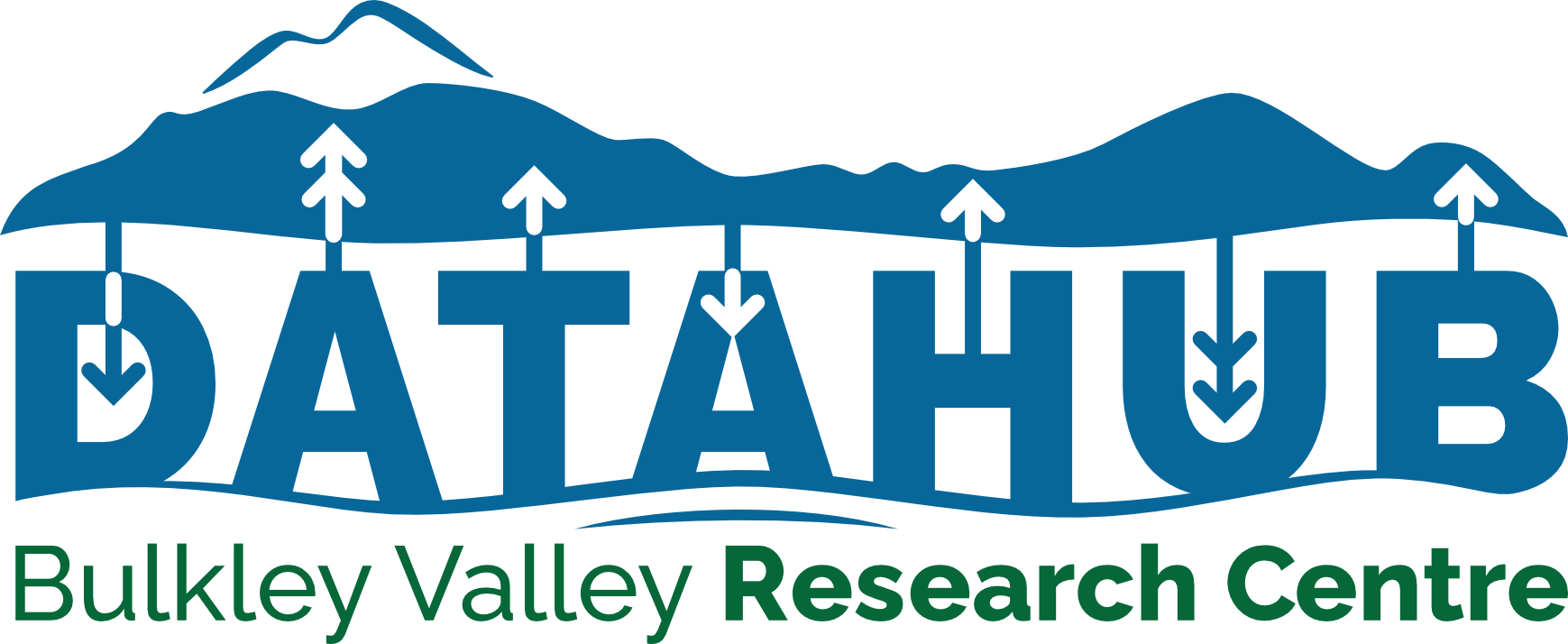INTRODUCTION TO PROCEEDINGS (summarized)
The number of plans and processes for managing the landbase in British Columbia has been growing rapidly with the completion of land and resource management plans, sustainable resource management plans, forest stewardship plans and numerous other plans. Most of these plans contain: objectives, strategies, targets, criteria and indicators, which require monitoring in order to measure the success of the strategies in the plan and to ensure a continuous improvement cycle. A ‘feedback loop’ that incorporates knowledge learned from monitoring back into the planning process is vital. Changes to results-based models, such as that of the Forest and Range Practices Act (FRPA), have further increased the need for monitoring so that changes can be attributed to practices.
This conference highlighted the many aspects of monitoring, including the different purposes and perspectives, temporal and spatial scales, types of organizations, and obstacles encountered during implementation. Projects can range from a large scale (e.g. Provincial) as shown by FREP, which addresses many aspects of forestry-related impacts, to single purpose monitoring projects, as shown by the bull trout monitoring project at Kemess Mine. The temporal scale can be immediate, as in the air quality monitoring in the Bulkley Valley, to longer-term as seen in the case of mining and acid rock drainage.
There are several challenges to overcome in order to achieve meaningful, repeatable and reliable results that answer the questions posed in land use plans and processes. This conference has highlighted several thought provoking and innovative presentations that have addressed some of these challenges. These include how to prioritize monitoring efforts to address those questions with the greatest risk and uncertainty, statistical challenges that need to be addressed and institutional
structures to overcome perceived biases.
The Bulkley Valley Model emphasizes the importance of having people investing time and voluntary effort to make monitoring occur. This was termed ‘social capital’, and was represented by the Bulkley Valley Community Resources Board, the Babine Watershed Monitoring Trust, and the Bulkley Valley Research Centre.

